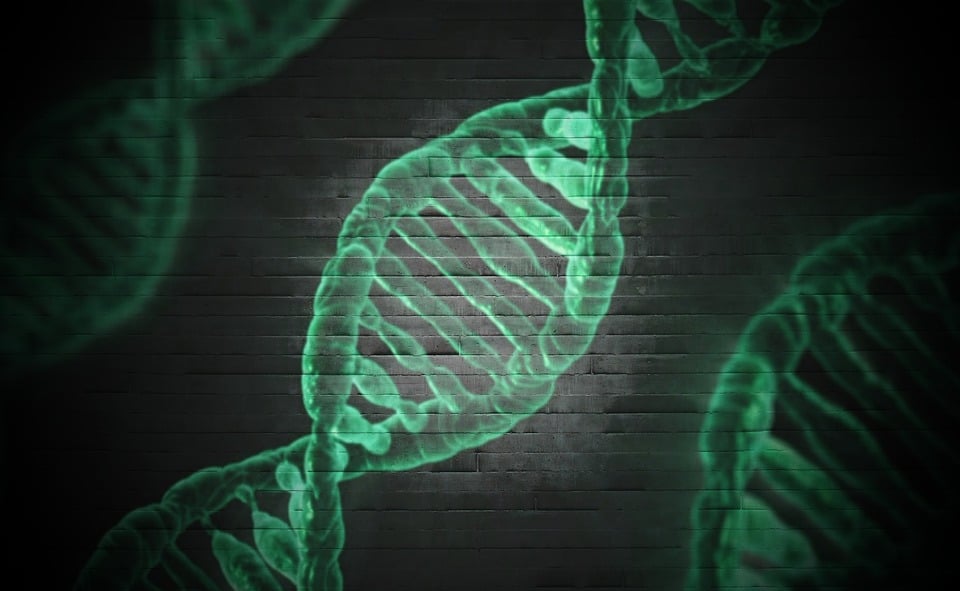About half of the human genome is made up of DNA fragments derived from ancient viruses. These “transposable elements” (TEs) are known to play various roles in modulating gene expression and disease development. Now, an international team led by KAUST researchers has shown that a common transposable element called LINE-1 RNA plays a positive role in triggering bone repair, with potential applications in treating osteoporosis and many other diseases.(1).
“Previously, scientists referred to TEs as ‘junk DNA’ and thought they were irrelevant or even harmful,” says KAUST researcher Arianna Mangiavacchi, who worked on the study with faculty member Valerio Orlando and colleagues. “Now, however, many positive roles of TEs are being uncovered and our work on bone repair contributes to new knowledge in this field.”
Mangiavacchi and Orlando’s research focuses on aging processes and how the body responds to environmental stressors over time. Scientists know that TE levels increase with age, but their role in tissue health is not well understood. Previous work by Mangiavacchi and his colleagues suggested a link between LINE-1 RNA activity and bone health, so the team sought to review the underlying mechanisms.
First, the team conducted sequencing experiments on mice with bone fractures and found that TEs, particularly LINE-1 RNA, were upregulated for a short period of time after the fracture.
“Further studies showed that LINE-1 RNA activated a program of carefully regulated inflammation, which in turn induced a specific signaling pathway to repair the fracture,” says Mangiavacchi.
The researchers then examined TEs in bone cells (osteoblasts) from postmenopausal women with osteoporosis and a healthy control group. TEs, particularly LINEs, were highly upregulated in healthy femurs with high bone density, while those with lower bone density and osteoporosis had low LINE expression.
“We added synthetic LINE-1 RNA to these cell cultures and the results were surprisingly clear,” says Mangiavacchi. “Osteoblasts treated with LINE-1 RNA showed a characteristic phenotype in which bone matrix formed abundantly and rapidly. Crucially, cells from osteoporotic patients were rescued by LINE-1 RNA treatment.”
“It appears that the human body uses viral TEs to trigger an inflammatory response to damage, thereby boosting the innate immune system to repair bone and tissue. The so-called ‘dark side’ of TEs was intentionally included in our genome to enable us to adapt and be more resilient,” says Orlando.
This discovery is protected by two patents, one of which is licensed to the California biotechnology company Altos Labs, the other to the start-up company RepeatEra, founded by Orlando and Mangiavacchi to advance their pro-regenerative therapy into clinical trials.
“We believe this mechanism is not limited to bone, and therefore therapies based on synthetic LINE-1 RNA could have many applications, from corneal repair to skin-protecting cosmetics,” says Mangiavacchi. “We look forward to further expanding on these findings and understanding how TEs affect other cell types.”
/Public release. This material from the original organization/authors may be time-sensitive in nature and has been edited for clarity, style and length. Mirage.News does not represent any institutional position or party, and all views, positions and conclusions expressed herein are solely those of the authors. View full content here.

